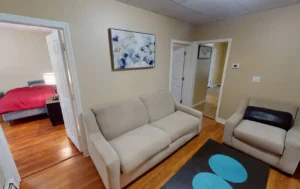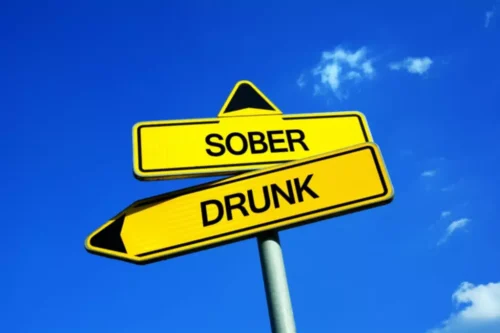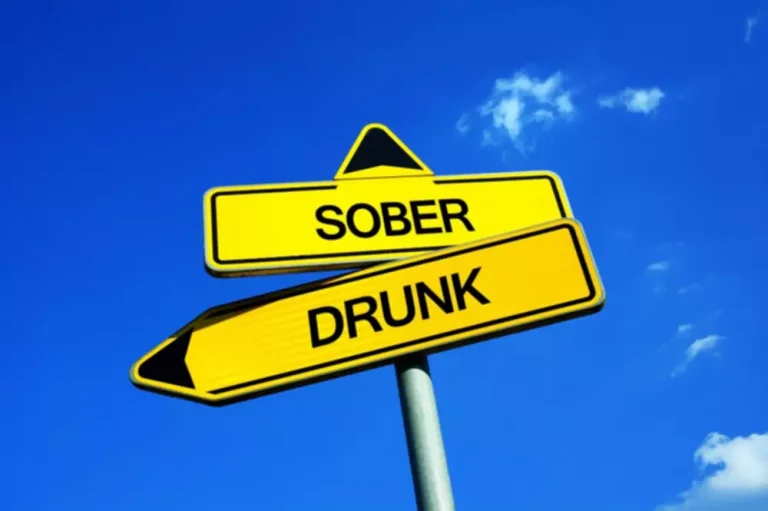
Taking a comprehensive approach, which may include medication, can enhance our chances of successfully curbing those alcohol cravings and setting ourselves on a healthier path. Managing alcohol cravings is a vital part of maintaining sobriety. Connect with an alcohol rehab to get the support you need to meet your recovery goals. Alcohol cravings can have physical and emotional symptoms.2 For instance, you could have vivid fantasies about alcohol. Alcohol addiction changes your brain,1 most noticeably in the reward center.

Plan for High-Risk Situations
- By the end, it’ll have you feeling more equipped to deal with any potential triggers and cravings and know where to go when you need support.
- And all of a sudden, no matter how long we’ve been in recovery, we think we might go about drinking safely.
- Journaling can also be used to reaffirm your reasons for cutting back or quitting alcohol and stay on track with your progress.
- They can be thoughts, feelings, situations or even places that remind you of drinking, or make you want to use alcohol to feel better or cope.
- It’s important to remember that this experience is incredibly common, and that with time and practice cravings will become significantly more manageable.
In other words, what works for a friend won’t always work for you. That’s why building your own recovery toolkit can make a difference in your ability to weather the most intense cravings. You might notice stressful or tense situations tend to fuel cravings more often than not.
- The mental challenge of this stage is not to let anything make you feel defeated.
- To overcome urges and not be fearful of them, you’ll need more advanced methods.
- Unfortunately, skipping meals only makes us hangry and leads to poor concentration.
- You can also participate in challenges like Dry January or Sober October with a community or group of friends.
- Remind yourself of the goals you’ve set and the purpose behind them—whether that’s to lose weight, save money, or simply improve your wellness.
Health Conditions

Participation in one or more of these levels of care can help an individual access the care they need, allowing them the opportunity to develop a Substance abuse strong foundation for recovery. During that time, they can begin learning about relapse prevention strategies, such as how to manage alcohol cravings, and then expand upon it through additional programming. If you’re considering giving up alcohol, but aren’t sure how to stop drinking, you are far from alone.
How to manage alcohol cravings
Since withdrawal symptoms tend to ebb and flow, you may be tempted to feel like you’re not making progress ― even though in reality, you’ve come a long way. That said, there are four general stages of recovery, as compiled by addiction expert Steven M. Melemis, MD. These stages can help prevent relapse and support people to live healthier, fuller lives. Recovery from alcohol addiction generally follows the stages of abstinence, withdrawal, repair, and growth. Even a little self-indulgence, like a massage or quiet time, can work wonders. Sometimes you need to get off the merry go round before you fall off.

Positive lifestyle changes13 can set you up for long-term sobriety. It’s important to create a daily routine that includes both self-care and fun activities. curb alcohol cravings You can take your mind off those memories by filling the same time slot with a new activity. Focus on what you are doing, like having coffee with a friend, instead of what you’re not doing, like going to a bar. Gillian Tietz is the host of the Sober Powered podcast and recently left her career as a biochemist to create Sober Powered Media, LLC. When she quit drinking in 2019, she dedicated herself to learning about alcohol’s influence on the brain and how it can cause addiction.

Quitting Drinking Timeline: What Happens When You Stop Drinking Alcohol?
The study found that there was a strong correlation between high scores on the Penn Alcohol Craving Scale (PACS) and the likelihood of relapse. Mindfulness also helps us develop more awareness around our cravings and when they are likely to arise. At the end of the day, just remember you don’t have to run the course alone — connecting with a therapist or joining a recovery program can make all the difference.

